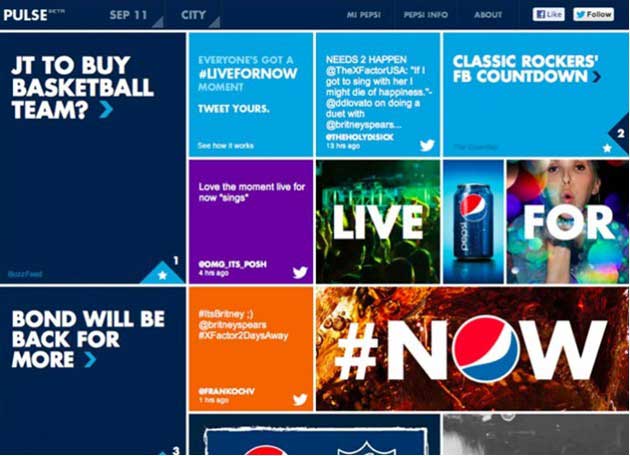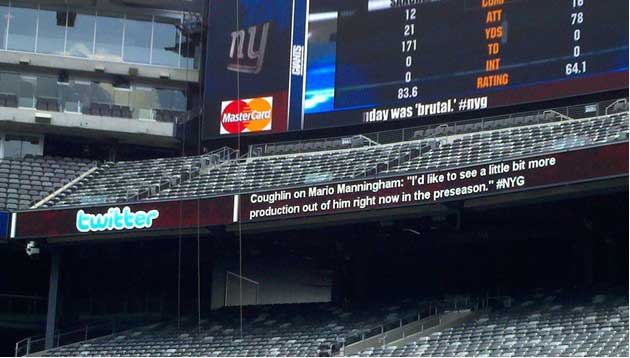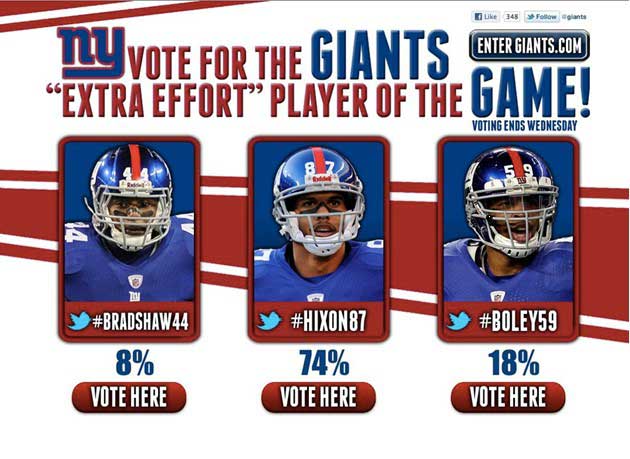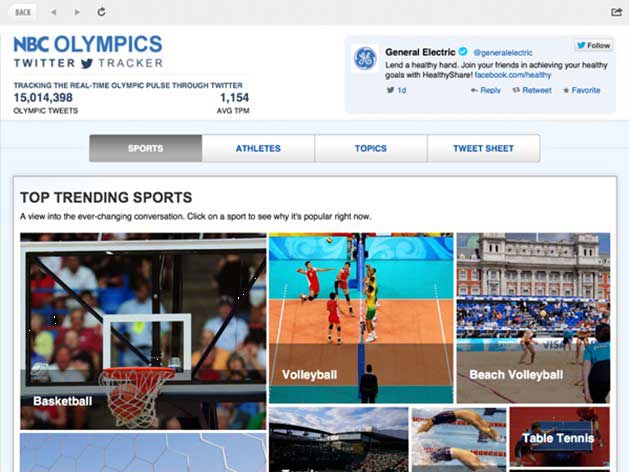The new world order of media and advertising demands that brands find new ways to drive consumer engagement. They must now look for ways to optimize paid, owned, and earned media. And the Holy Grail is to integrate all three sources of media into a single, consistent brand experience.
However, only 17% of chief marketing officers say earned media is truly integrated across their marketing programs and channels. Marketers have a huge opportunity to drive their brand via social engagement to create the perfect converged media combination.
But how do you create the perfect "owned media" experience for your customers, and what is the right formula for paid media to maximize your earned media opportunity?
Here is a three-step approach to creating a winning media program.
Step 1: Create owned media experiences that inspire
Your owned media properties are a huge asset, because your brand controls the content, brings focus to key messages, and ensures you have a branded presence across channels. Successful brands understand they need to both manage their social "destinations" (Twitter, Facebook, Pinterest, and others), as well as bring social engagement experiences into their own websites.
Leading brands like Pepsi are doing this in real time while also ensuring the content is relevant and appropriate. Pepsi wanted to align its brand with all things pop culture and to generate relevant content to engage consumers year-round. Accordingly, it integrated customer conversations from social media platforms—Tweets from Twitter, photographs from Instagram, and comments from Facebook—with its website. Using moderation to filter out the noise, Pepsi displayed the most compelling content via an inspiring experience that could be distributed on any digital platform.

Step 2: Integrate social everywhere
Most marketing executives are trying to find ways to integrate and build social experiences everywhere they can. If they can do so successfully, they will provide the brand and its consumers a mutually beneficial relationship. Once customers see that they are recognized and valued by the brand, they are more likely to participate—improving the customer experience and also boosting the brand's reputation.
Every brand has an annual marketing calendar, which is full. As a marketing leader, what opportunities should you be thinking about for integration? Here are a few ideas to get you started:
- Marketing campaigns. What are your brand's major marketing campaigns? Usually there are at least three or four big campaigns every year. What is your "social layer" on top of those campaigns?
- Product launches. What new and innovative products is your company launching this year? How can you integrate social content onto those launches to generate and amplify consumer awareness, buzz, and excitement?
- Deals and promotions. Everyone loves a sale, a deal, or a promotion, so what better way to optimize word-of-mouth content than social media? Use this valuable asset with immersive social experiences that allow customers to interact, connect, and share brand affinity and gratitude for your promotion.
The NY Giants brought social events to their owned venues, creating a captivating experience for fans. The Giants were the first professional sports team to integrate live Tweets both in the stadium and on TV for viewers at home. Using social curation, Tweets were displayed on the in-stadium jumbotron as well as in-broadcast. Fans were also encouraged to participate in website polls and pregame Twitter Q&As. As a result, the team increased Twitter followers 122% in the 2011 preseason. The team jumped from ranking 20th in NFL Twitter followers to No. 3.


Step 3: Tap into print, digital, and broadcast media to drive participation
Complete the owned, earned, and paid media trifecta by using paid media to drive traffic back to your website or other integrated social experiences. Promoting your social experience ensures traffic and success. Start by harnessing your own media first.
Here are some ways you can tap into your existing advertising dollars to drive participation on your owned digital properties:
- Broadcast media. Add a Twitter hashtag to the bottom of a TV spot to encourage customers to tweet. Or, on radio spots, mention a hashtag or a URL where customers can go to join the conversation related to a campaign or special event.
- Print media. As with broadcast, get some space on any printed advertising to promote a URL or hashtag (or both).
- Digital media. Make sure you use your email database and your website to promote your social experience. In addition, use your own company employee email signatures and add a link to your social experience, if possible.
After harnessing your existing assets, it's time to gain your customers' attention with paid media, such as Twitter Promoted Products or Facebook advertisements. This native advertising inside social platforms is particularly successful, because it is complementary to the user experience. It fits, organically belongs, and does not interrupt the consumer's flow.
GE followed these tips to integrate its paid, owned, and earned media in conjunction with its Olympics sponsorship. The brand implemented several innovative social experiences to immerse viewers into the Games. With a "Constellation" that visualized the social pulse of Twitter activity, and with the NBC Twitter Tracker initiative, GE built a meaningful brand experience that was both fun and participatory. In addition, GE launched the HealthyShare campaign to encourage participants to promote active health. To draw an audience to its microsite, GE purchased a variety of Twitter's Promoted Products, successfully driving fans to the movement.

* * *
The ultimate end game is to integrate real-time earned media surrounding your brand across paid and owned platforms. Doing so increases ROI by making your owned destinations more engaging for customers.
Successful brands will find ways to capture and maximize the most valuable asset they have—the customer voice.




